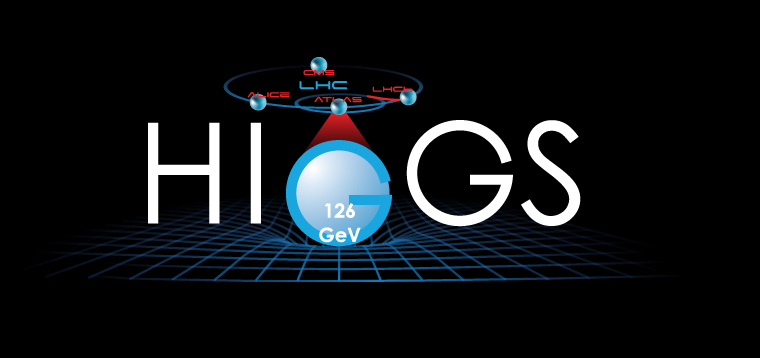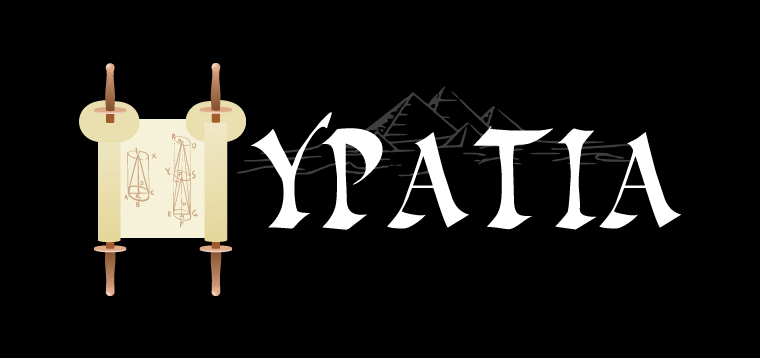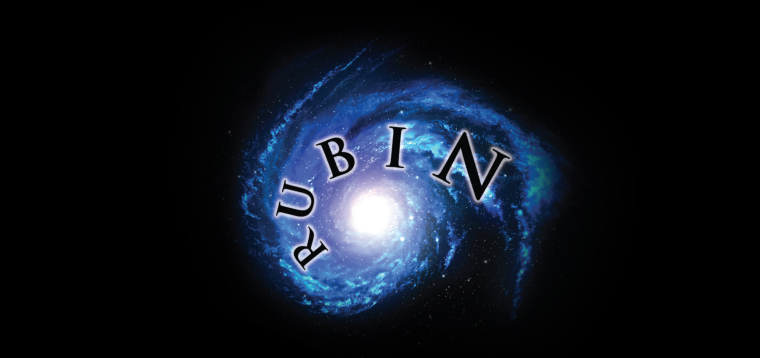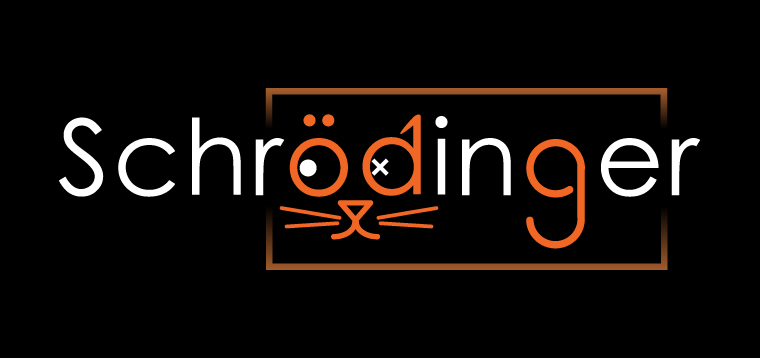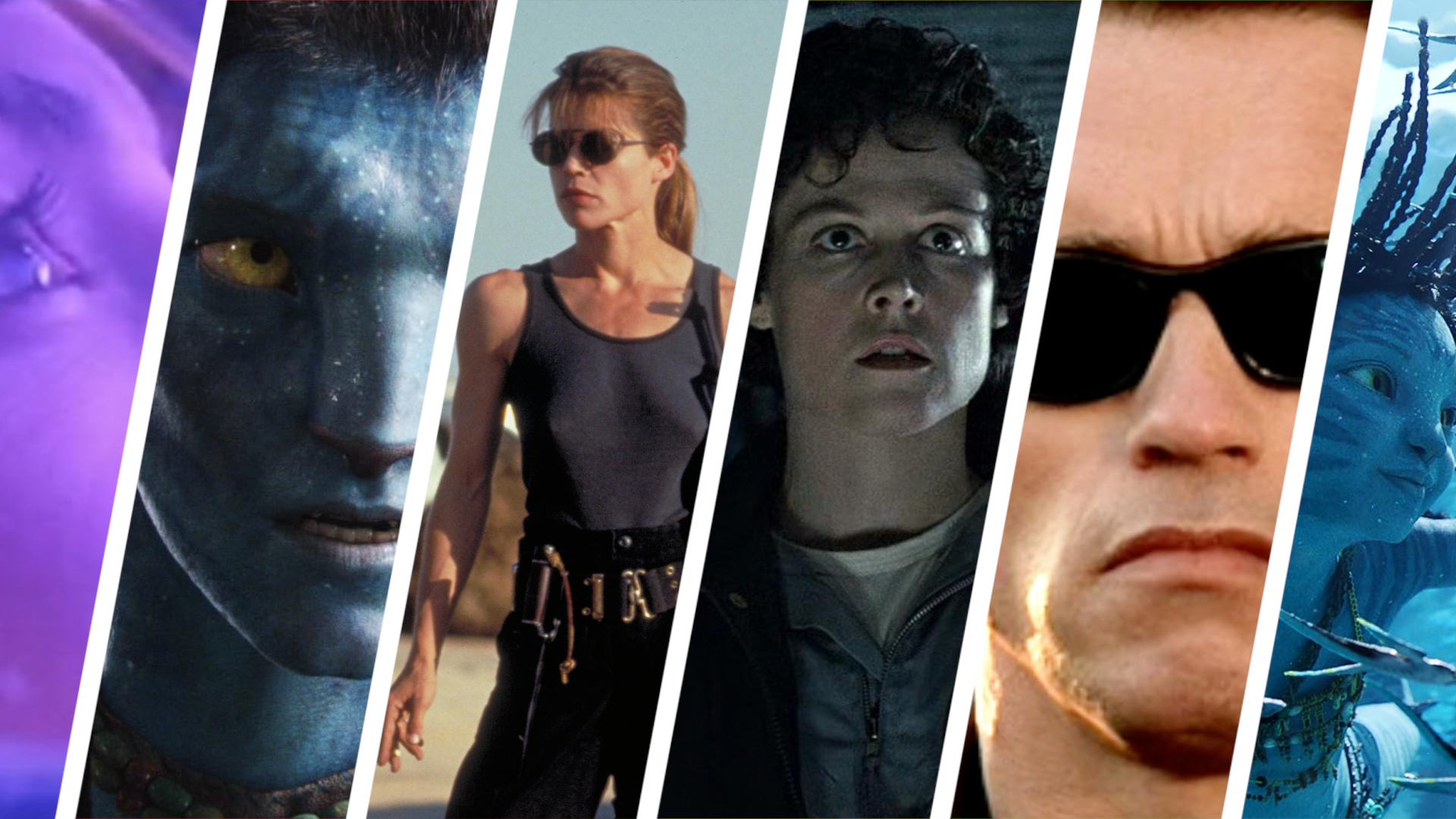World's Most Famous Scientists Reimagined in Arty Logos (Prateek Lala Gallery)
'Higgs' Typography by Dr. Prateek Lala
Peter Higgs (born 1929), among several physicists, proposed that elementary particles acquire mass by interacting with a new kind of field. After decades of search, the Large Hadron Collider finally found the Higgs boson in 2013, proving the existence of the Higgs field.
Dr. Prateek Lala created special typographies for more than 50 influential physicists, cosmologists, and mathematicians. These images were included in the Fall 2013 issue of Inside the Perimeter, the magazine of the Perimeter Institute for Theoretical Physics.
'Hubble' Typography by Dr. Prateek Lala
Edwin Hubble (1889-1953) measured the red shift of distant objects, and showed that the universe was expanding, making him one of the most important observational astronomers of the 20th century. The Hubble Space Telescope takes its name from him.
Dr. Prateek Lala created special typographies for more than 50 influential physicists, cosmologists, and mathematicians. These images were included in the Fall 2013 issue of Inside the Perimeter, the magazine of the Perimeter Institute for Theoretical Physics.
'Hypatia' Typography by Dr. Prateek Lala
Hypatia (c. 360-415) served as the headmaster of the Platonist school at Alexandria, where she taught mathematics and astronomy. She invented the astrolabe and perhaps the hydrometer, and wrote several major books on geometry.
Dr. Prateek Lala created special typographies for more than 50 influential physicists, cosmologists, and mathematicians. These images were included in the Fall 2013 issue of Inside the Perimeter, the magazine of the Perimeter Institute for Theoretical Physics.
'Kepler' Typography by Dr. Prateek Lala
Johannes Kepler (1571-1630) remains a monumental figure in mathematics and astronomy, best known for discovering three mathematical rules that describe the orbits of planets. The second law states that a line joining a planet and the sun sweeps out equal areas during equal intervals of time, as the graphic suggests.
Dr. Prateek Lala created special typographies for more than 50 influential physicists, cosmologists, and mathematicians. These images were included in the Fall 2013 issue of Inside the Perimeter, the magazine of the Perimeter Institute for Theoretical Physics.
'Newton' Typography by Dr. Prateek Lala
Isaac Newton (1642-1727) stands as one of the most famous scientists who ever lived. He invented calculus, formulated the laws of motion, and proposed the new idea of universal gravitation. He stated that his theory of gravitation occurred to him when he saw an apple fall from a tree.
Dr. Prateek Lala created special typographies for more than 50 influential physicists, cosmologists, and mathematicians. These images were included in the Fall 2013 issue of Inside the Perimeter, the magazine of the Perimeter Institute for Theoretical Physics.
'Planck' Typography by Dr. Prateek Lala
Max Planck (1858-1947) lives on in his solution to the problem of black-body radiation: He showed that the theory fit the data if light could only come in packets of certain sizes with allowance for in-between sizes. This discovery paved the way for quantum mechanics.
Dr. Prateek Lala created special typographies for more than 50 influential physicists, cosmologists, and mathematicians. These images were included in the Fall 2013 issue of Inside the Perimeter, the magazine of the Perimeter Institute for Theoretical Physics.
'Rubin' Typography by Dr. Prateek Lala
Vera Rubin (born 1928) realized, while studying galaxy rotation rates, that spiral galaxies spun faster than they should, given the amount of visible matter in them. This discrepancy makes up one of the key pieces of evidence for dark matter.
Dr. Prateek Lala created special typographies for more than 50 influential physicists, cosmologists, and mathematicians. These images were included in the Fall 2013 issue of Inside the Perimeter, the magazine of the Perimeter Institute for Theoretical Physics.
Breaking space news, the latest updates on rocket launches, skywatching events and more!
"Schrödinger' Typography by Dr. Prateek Lala
Erwin Schrödinger (1887-1961) famously proposed the Schrödinger’s Cat thought experiment to point out the apparent paradox of the Copenhagen interpretation of quantum mechanics: If a particle may exist in two states at once, can a cat whose fate depends on the particle’s state be both dead and alive simultaneously?
Dr. Prateek Lala created special typographies for more than 50 influential physicists, cosmologists, and mathematicians. These images were included in the Fall 2013 issue of Inside the Perimeter, the magazine of the Perimeter Institute for Theoretical Physics.
'Tesla' Typography by Dr. Prateek Lala
Nikola Tesla (1856-1943) worked in the fields of physics and electrical engineering, where he designed the modern AC electrical supply system. He also investigated how to send electricity wirelessly through the air using instantly-recognizable Tesla coils that produce giant lightning bolts.
Dr. Prateek Lala created special typographies for more than 50 influential physicists, cosmologists, and mathematicians. These images were included in the Fall 2013 issue of Inside the Perimeter, the magazine of the Perimeter Institute for Theoretical Physics.
'Logotype' for Astronauts by Dr. Prateek Lala
This "logotype" shows astronauts Neil Armstrong, John Glenn and Chris Hadfield. Image uploaded Feb. 12, 2014.

Space.com is the premier source of space exploration, innovation and astronomy news, chronicling (and celebrating) humanity's ongoing expansion across the final frontier. Originally founded in 1999, Space.com is, and always has been, the passion of writers and editors who are space fans and also trained journalists. Our current news team consists of Editor-in-Chief Tariq Malik; Editor Hanneke Weitering, Senior Space Writer Mike Wall; Senior Writer Meghan Bartels; Senior Writer Chelsea Gohd, Senior Writer Tereza Pultarova and Staff Writer Alexander Cox, focusing on e-commerce. Senior Producer Steve Spaleta oversees our space videos, with Diana Whitcroft as our Social Media Editor.
